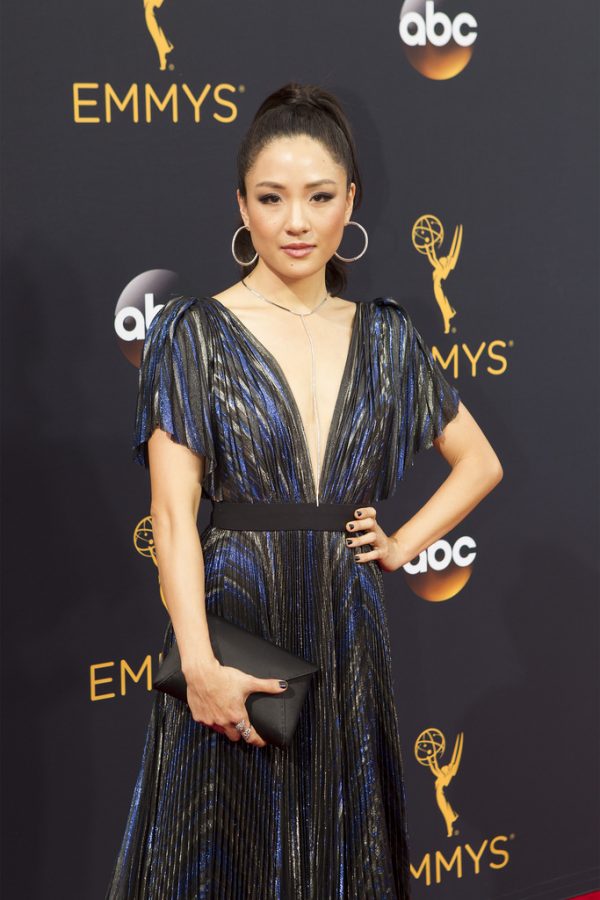Crazy Rich Asians & The Future of Filmmaking
When Jon M. Chu’s “Crazy Rich Asians” hit theatres on August 15, it became an instant blockbuster. According to Rebecca Rubin from Variety, not only has it sold more tickets than other romantic comedies made recently, it is the first feature film to have an all-Asian American cast in a long time.
“The groundbreaking film arrives as Hollywood is being pressured to feature greater diversity on-screen,” Rubin said in her article.
The primary cast includes Constance Wu, Henry Golding, Awkwafina, Gemma Chan, Michelle Yeoh, and Ken Jeong. Though Wu and Golding are the two main characters because they are the couple on which the romantic comedy focuses, every other character has a distinct side plot that ties in to the rest of the story.
Paying attention to these side plots was paramount to staying true to the story’s beginning as a novel by Kevin Kwan. The characters also have plenty of screen-time. Chu uses that time to develop the characters, making them relatable.
Keeping this in mind, “Crazy Rich Asians” is similar to other record-breaking films like Ryan Coogler’s “Black Panther,” which was praised for having a majority-Black cast, creating dimensional characters and breaking stereotypes, while also embracing African culture.
Both Chu and Coogler made the characters’ culture and background the most notable part of the stories, but also proved that the cultures themselves aren’t stereotypes.
Asians and Africans have both struggled with misrepresentation and underrepresentation in mainstream media. It’s strange to think that Asians are the largest racial group on the planet, but so few movies properly represent them.
Alex Bentley with Culturemap does a good job explaining what exactly makes “Crazy Rich Asians” so successful. “The film goes the extra step, however, by emphasizing the importance of family among Asians,” Bentley said in the article. “Multiple scenes depict the strength and happiness characters derive from spending time with their families, even when the family is eccentric or overbearing. Wealth may allow them to jet off anywhere their hearts desire at a moment’s notice, but they also go through the joys and heartbreaks of everyday life like anybody else.”
“Crazy Rich Asians” gives new life to a timeless story line to which countless people can relate: the anxiety of trying to be accepted into a partner’s family.
Minority-driven stories are setting a new standard in the film industry, and this is a good thing for those from social groups that aren’t white. “It could change an industry wary of casting Asians as leads and notorious for “whitewashing” roles — casting white actors as non-white characters.” Allyson Chiu said in the Washington Post.
This movie, like “Black Panther,” can lead to fewer whitewashed movies, but it can also increase the market for movies written, directed, and performed by minority groups. These two movies are part of a storytelling trend that embraces diversity. Since the United States is more diverse than ever before, it is not surprising that the film industry is moving towards a more inclusive consumer culture.
It’s worth mentioning that another film, Netflix’s “To All the Boys I Loved Before,” also stars Lana Condor, an Asian-American Actress. It has grown wildly popular for a similar reason that “Crazy Rich Asians” has. Both films bring Asian-Americans onto the romance-movie stage.
Now fans are wondering where Asian-American actors and filmmakers will go from here. Though it’s just speculation that there will be more movies like “Crazy Rich Asians,” we know that a sequel is definitely in the works, according to South China Morning Post.
The sequel is highly anticipated, but for now all consumers should keep their eyes out for other films that tell the story of minority groups from their point of view.

